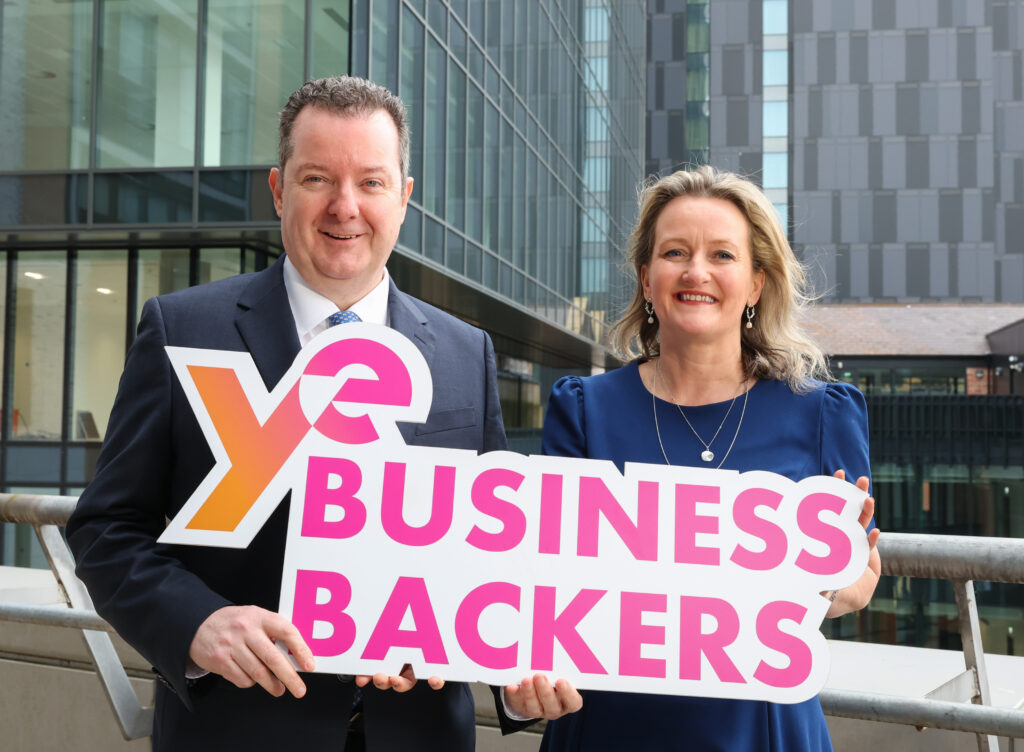June 10 saw the release of May data from the Ulster Bank Northern Ireland PMI®. The latest report signalled that the Northern Ireland private sector continued to record strong growth, with output, new orders and employment all increasing at sharper rates. Meanwhile, higher wages pushed up input costs, feeding through to a marked rise in selling prices.
Commenting on the latest survey findings, Richard Ramsey, Chief Economist Northern Ireland, Ulster Bank, said: “The four months since the return of the Northern Ireland Executive have witnessed a strong private sector performance, and this shows no signs of slowing, indeed quite the opposite, with the pace of output, new orders and employment all accelerating in May. New orders growth rose at its fastest pace in 27 months and firms added to their staffing levels for the 17th successive month. Northern Ireland’s performance compared favourably with other UK regions, with NI topping the league table for output and employment.
“Retail was the most subdued sector during the month of May, recording only a modest rise in sales, whilst the three other sectors all recorded robust growth. Manufacturing was the strongest performer, posting the fastest rate of expansion in output and new orders, and is the most positive about output levels in 12 months’ time. Indeed, manufacturers are their most optimistic since this question was added to the survey back in 2017. Conversely, whilst manufacturing firms are seeing output increase, they are reducing their headcount. This is an indication that manufacturers are increasing productivity through investment in capital equipment and perhaps the much talked about automation and AI.
“Whilst there are many positives in the report, there are still considerable challenges. Firstly, exports are still falling. But the most significant is the ongoing increase in input costs, with Northern Ireland topping the UK league table. Wage pressures continue to be felt strongly in this respect. Retailers are recording the highest rates of cost inflation, in part linked to the rise in the National Living Wage, which is feeding into the prices that consumers pay. However, on the other hand, construction costs are rising at their weakest pace in 45 months, perhaps an indication that material cost inflation is continuing to come back from record highs.
“Despite the challenges, Northern Ireland’s private sector firms remain optimistic about the outlook, particularly manufacturers and services firms. The big question though is how long the current growth spurt can continue. With a UK General Election looming, whoever comes into power after July 4th will have to grasp the nettle that is the UK public finances. More tax and less spending are inevitable and whatever form this takes, it will be a headwind for private sector growth.”
The main findings of the May survey were as follows:
The headline seasonally adjusted Business Activity Index rose to 56.4 in May, up from 54.5 in April and signalling a marked expansion in output in Northern Ireland’s private sector. Activity has now risen in each of the past six months. Moreover, the increase in output in Northern Ireland was the strongest of the UK regions and nations covered by the report. Growth was recorded across all four broad sectors, led by manufacturing. Meanwhile, construction output increased at the fastest pace in almost four years. A steep rise in new orders was also recorded in May, with the rate of expansion quickening to the fastest since February 2022.
Companies responded to higher new orders by taking on extra staff at a solid pace, with the rate of job creation at a ten-month high. Some firms also raised employment to prepare for future expansion. Business sentiment remained strongly positive amid expectations that current new order growth will be sustained. Confidence eased to a three-month low but was still well above the series average. Input costs continued to increase sharply, often as a result of rising wages. As a result, companies increased their own selling prices at a marked pace that was sharper than seen in April.




